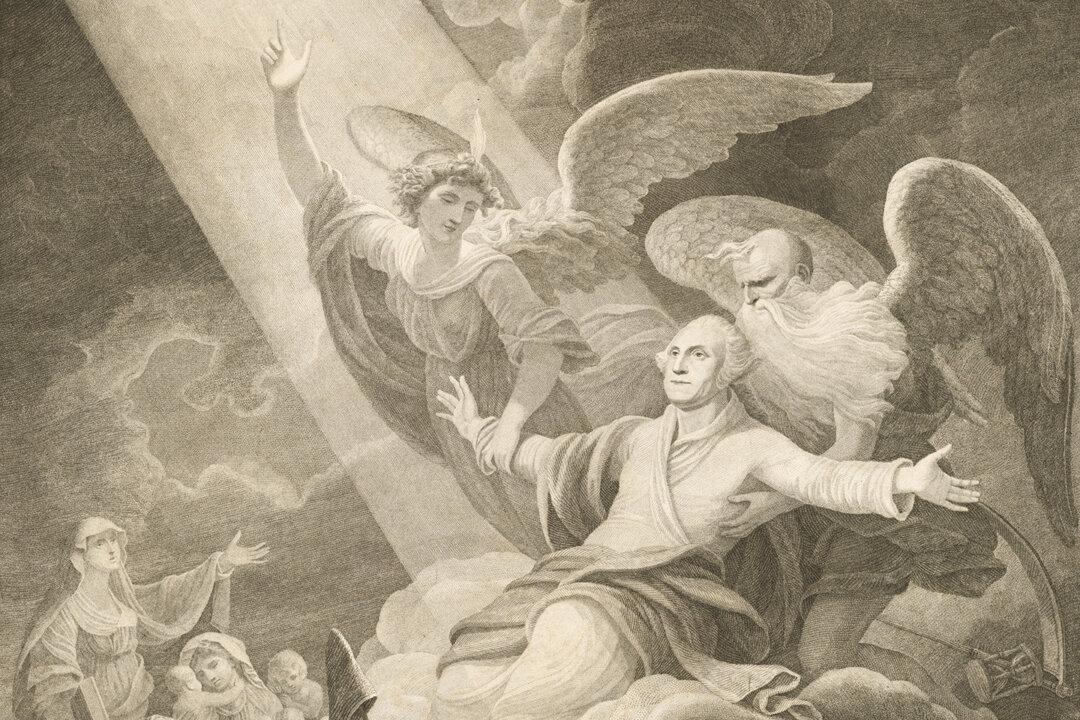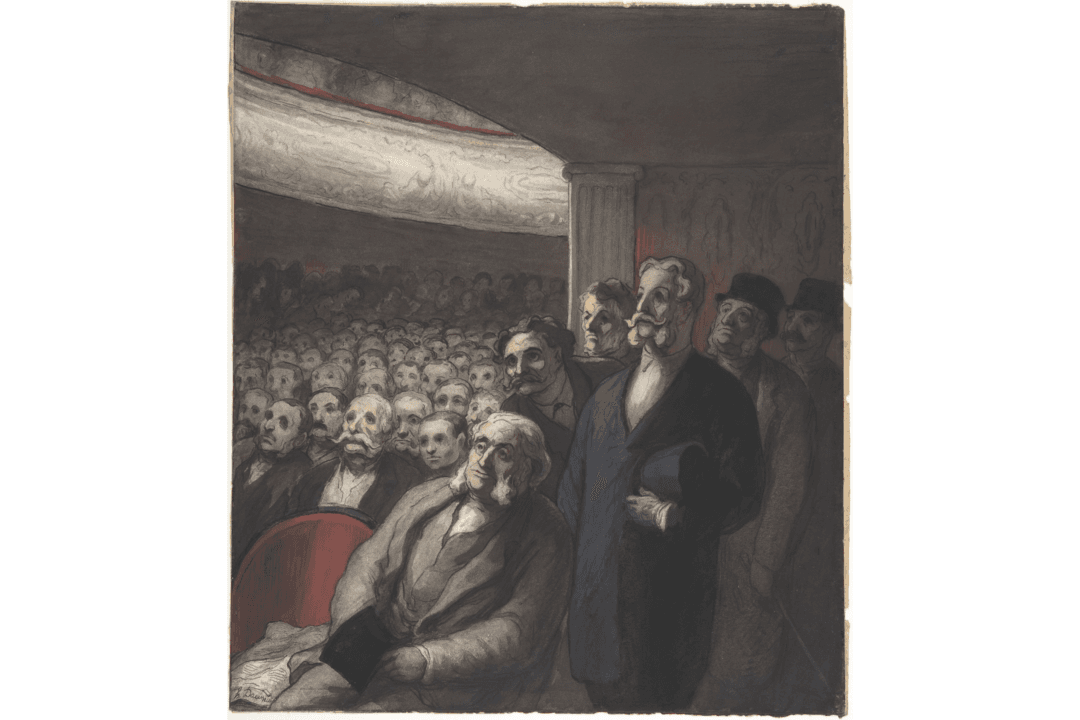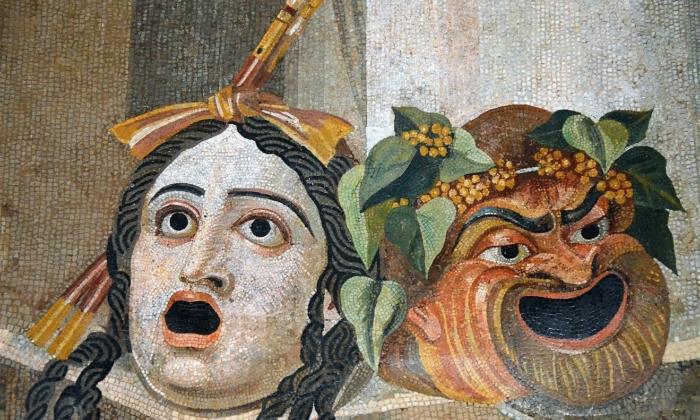In 1931, the then three-time Pulitzer Prize-winning playwright Eugene O’Neill presented his most ambitious play to date: the epic “Mourning Becomes Electra.” Comprised of three plays totaling 13 acts, the play seems impossible to produce in full today, given that audiences tend to have short attention spans and a need for instant gratification. But this was less of a concern for a population in the throes of the Depression and without cell phones to keep its interest from waning. Americans who went to the theater in the early 1930s were used to plays of some length, although “Mourning Becomes Electra” topped them all (indeed, it remained the longest stage play until the 1980s).
The scope and subject matter of “Mourning Becomes Electra” demonstrates its ambition. The play takes place in post-Civil War America, specifically in a mansion on the Eastern seaboard, and tells the story of a returning Civil War hero (Brig. Gen. Ezra Mannon), whose wife, Christine, has been unfaithful to him with sea captain Adam Brant. His loving daughter, Lavinia, confronts her mother and vows to revenge her father’s untimely death. Lavinia teams with her brother, Orin, and kills Brant. Christine commits suicide over the grief she has caused. Orin commits suicide for his role in the murder of Brant, and Lavinia retreats to the Mannon mansion to live out her life in seclusion.

Borrowing Greek Drama
Those with knowledge of ancient Greek tragedy may recognize the plot of “Mourning Becomes Electra,” as it parallels that of Aeschylus’s “Oresteia.” Also comprised of three plays, the “Oresteia” depicts the return of Agamemnon from the Trojan War who is murdered by his wife, Clytemnestra, and her lover Aegisthus. Agamemnon’s son, Orestes, then murders both Clytemnestra and Aegisthus with the help of his sister, Electra. Ultimately, Orestes is spared punishment (through the intervention of Athena), and the play dramatizes the transition to a legal system of justice from a cruder arrangement typified by vengeance and blood feuds.
What O’Neill was attempting in “Mourning Becomes Electra” was the development of an American mythology, based on classical sources. Although “Electra” is his most thorough treatment of such a mythology, he consistently used classical and biblical imagery to forward this theme. His plays are akin to a fashion designer’s collection: the individual pieces may look different, but they are related by a common theme.
He did not create a true mythology, however, so much as he demonstrated a parallel between the timelessness and universality of the Greek original and specific, defining points in American history. He presents an ancient Greek source overlaid with an American veneer, although he does interpose some American standards such as the influence of Puritanism, the substitution of modern psychology for the Greek concept of fate and the application of a destiny for Lavinia, not contemplated by Aeschylus for Electra.
In working with the Electra myth, O’Neill had two major obstacles: First, the audience’s lack of knowledge of the Greek original, which would make the parallel less obvious, and, second, the fact that, at the end of the day, viewers are left with a retelling of an ancient myth and nothing particularly American except time, place, and costume. He does not overcome these obstacles, but his ambition as an artist and the uniqueness of his vision—new to America at the time—compensates for this in part. “Mourning Becomes Electra,” despite its excessive length, is still good drama.

Can We Return to an American Mythology?
The question, then, is, can we go one better than O’Neill to create a distinctly American mythology and present it onstage, as the Greeks did, or must we be content with applying American situations and characters to already established myths of an earlier time? Can an American mythology be as timeless and universal as those of the classical era? I believe it can.First, we must understand what “mythology” is. Generally speaking, mythology is a collection of traditional stories that explain both natural phenomena and the supernatural. More importantly, for O’Neill’s purposes, myths also form a cultural identity through the use of gods or heroic figures, meant to maintain these beliefs for future generations.
Do we have any such mythology at work in America? To some extent, we do. Our American mythology is replete with tales of heroic historical figures like George Washington, Paul Revere, and Abraham Lincoln, and fictional characters like Paul Bunyan, Huckleberry Finn, and Superman. The tales of the frontier and westward expansion also provide a mythological framework for our nation. And, as is typical of America, our tradition is overly positive and visionary.

In the modern world, though, our upbeat mythology has given way to a disturbing and dark narrative that seeks to dismantle the American myth and replace it with something less heroic and more condemning. As a result, we have a diminished cultural identity, the destruction of our American ideals and institutions, and an explanation of our origin that renders us as irretrievably racist, misogynistic, and devoid of moral clarity. This sad state of affairs is seen in our contemporary art with its emphasis on misery, hopelessness, and redemption by accident, not divine grace.
The great irony of this is we have at our disposal a forward-thinking, timeless American mythology—based in history—that serves the cultural purposes mythology is meant to address: our founding. The events of this nation’s origin and its philosophical underpinning (as exemplified by the Declaration of Independence) not only explain who we are and why we exist, but define our national identity, unique and unprecedented in the world.
What’s more, we pass on this story to future generations—or at least we used to. Today’s generation seems painfully ignorant of our history, the meaning of our founding, or the characteristics that make America exceptional: individual agency, a belief in a divine set of immutable rights, equal opportunity without regard for conditions of birth (although we certainly have strayed from this in our past), and a hopefulness for life’s betterment through freedom.
But this is rarely presented in art. It must be again, and playwrights can certainly depict protagonists that embody American ideals. We don’t need to write new plays about George Washington; we just need to present everyday people with the values of a George Washington.
O’Neill, ever the pessimist, saw the human condition in Greek mythology and generally scoffed at a more positive American response (although he longed to believe in it, as his comedy “Ah, Wilderness” demonstrates). But he did recognize a timelessness in ancient beliefs that he applied to America. What we need is a competing mythology that is equally timeless and universal. The American experiment provides that. And while we can’t expect modern American audiences to know classical sources (or even biblical sources to some extent), we should expect them to know something about our history. It behooves our schools to teach it, and it behooves the keepers of our culture to promote it. We can’t allow a new American mythology that is simply the destruction of the old one.








